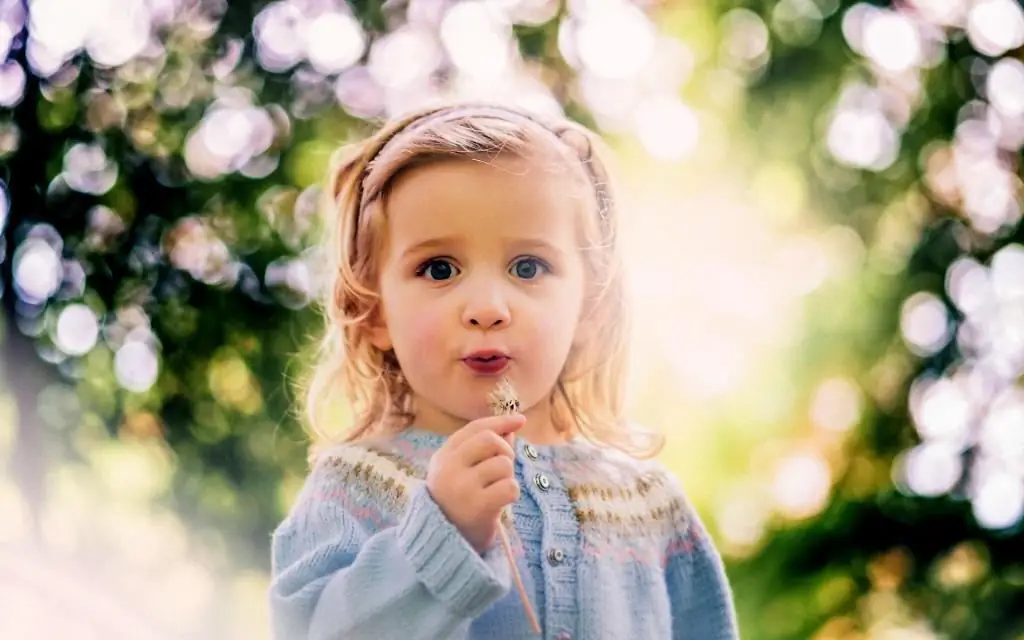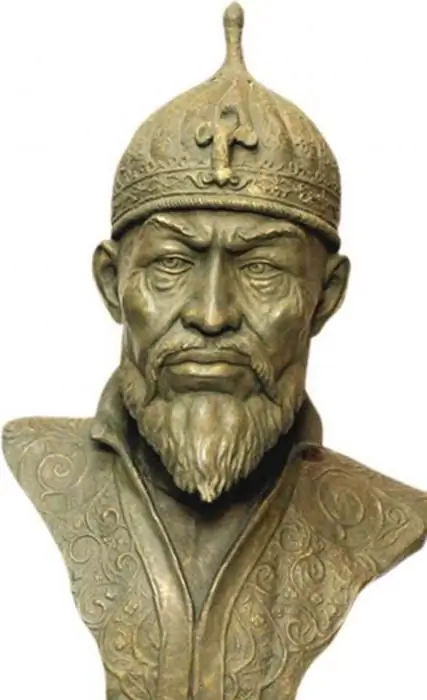- Author Henry Conors [email protected].
- Public 2024-02-12 02:41.
- Last modified 2025-01-23 09:07.
In Moscow, near Izmailovsky Park, not far from the Moscow Central Circle, there are two streets of Izmailovsky Menagerie and two lanes, although there is nothing like a menagerie in modern Moscow. But no one names streets just like that. Let's try to understand the history of this place and understand the origin of the name of the streets. To do this, you will have to start from afar.

Izmailovo
At the end of the 16th century, a forest began at the Vladimirsky tract, stretching to the east for tens of kilometers, then it passed into the Murom forests. The village of Izmailovo was located on the edge of the forest.
Ivan the Terrible, bringing his supporters and youth closer to him, endowed almost 1,000 people with estates and estates near Moscow. To his brother-in-law Nikita Yuryev, he allocated two estates outside the villages of Izmailovo and Rubtsovo. These estates included 9 villages, the names of some were preserved on the map of the city in toponymy. Among them is the village of Khapilovo. This village has been gone for a long time, but there were several Khapilovsky streets in Moscow for quite a long time. The Hapilovsky Pond still exists. Muscovites rememberthe river Khapilovka, which was "removed" into the pipe, like many small Moscow rivers.
Tsar Alexei Mikhailovich tried to create a model economy in Izmailovo. There were gardens, greenhouses, orchards. They grew exotic melons for Moscow, grapes, cotton, watermelons.
Weaving craft developed in Izmailovo. In the 18th century, weaving workshops were located along the banks of the Khapilovka River. There were handicraft weavers in each hut.
Royal menagerie

Tsar Alexei Mikhailovich (a big fan of hunting) in 1663 created an animal yard near the village of Izmailovo for hunting fun. The area of the forest was fenced, and elks, aurochs, and deer were kept there for royal hunting. In Izmailovo there were foreign guests invited by the sovereign. The menagerie also contained rare animals, which at that time were a great luxury and emphasized the status of the owner. Some animals became universal favorites. We have heard stories about a bear that walked on its hind legs and drank from a bottle. The wife of Ivan Alekseevich (brother of Peter the Great) gave it to Prince Romodanovsky, where he entertained guests by treating them to a huge glass of vodka with pepper.
By order of Anna Ioannovna in 1731, the menagerie was expanded, and under Elizabeth Petrovna it already occupied a significant area of modern Izmailovsky Park. Animals were brought there from Astrakhan and Kazan provinces. Red deer, aurochs, elk, and deer were sent from these places. Wild boars, porcupines, saigas, wild donkeys, pheasants were brought from Iran and Kabarda. Even monkeys lived in the menagerie. At that time, the menagerie occupied more thanone hundred tithes. With the menagerie, over time, the village of Zverinaya Sloboda was formed, which later became the village of Izmailovsky menagerie. In 1826 the menagerie was liquidated. In 1929, the streets received their modern name, and the village became part of Moscow in 1935.
Falconry
Falcon Mountain adjoins the streets of the Izmailovsky Menagerie. Its history goes back to falconry, which was arranged there by Tsar Alexei Mikhailovich. He was a great lover and connoisseur of this occupation. Over the years, Alexei Mikhailovich cooled down to hunting fun. His age did not allow him to spend the whole day on horseback, chasing the beast, but falconry remained his true passion.

There was a special charter that contained the rules of falconry and the procedure (ceremonial rank) for becoming a falconer. It was written by Alexei Mikhailovich himself. It says in great detail how a falcon should be prepared for hunting, how to dress it up. The duties of falconers and falconers are spelled out to the smallest detail. Bird outfits were striking in their sophistication. Hoods and bibs were sewn from velvet, decorated with pearls and silver bells.
Location
The streets of Izmailovsky Menagerie are located in close proximity to two new major transport facilities in Moscow - the MCC and the North-East Chord. In this section, their tracks run almost parallel to each other.

On the 2nd street of Izmailovsky Menagerie, 2a, the traffic police department No. 3 is located. They take exams to getdriver's license, you can get and replace a driver's license. There are no residential buildings on this street.

Development of the district
At present, this area with a rich history is actively developing. Recently, a section of the North-Eastern chord was opened between the Entuziastov and Shchelkovsky highways. In the summer of 2017, two overpasses were opened, and the travel time for motorists was reduced from an hour to 7 minutes. This overpass redistributes and reduces the load on the Izmailovskoye, Shchelkovskoye and Entuziastov highways. When the North-East Expressway is completed in its entirety, the load on the Moscow Ring Road will decrease by almost a quarter.

On September 10, 2016, Izmailovo station was opened at the MCC. It is located in close proximity to St. Izmailovsky Menagerie. The station platforms are located on a high embankment above the vestibule, which is located under the tracks and is aligned with the passage. From the platform, you can get to the Partizanskaya metro station through the passage built through the North-Eastern Highway.






